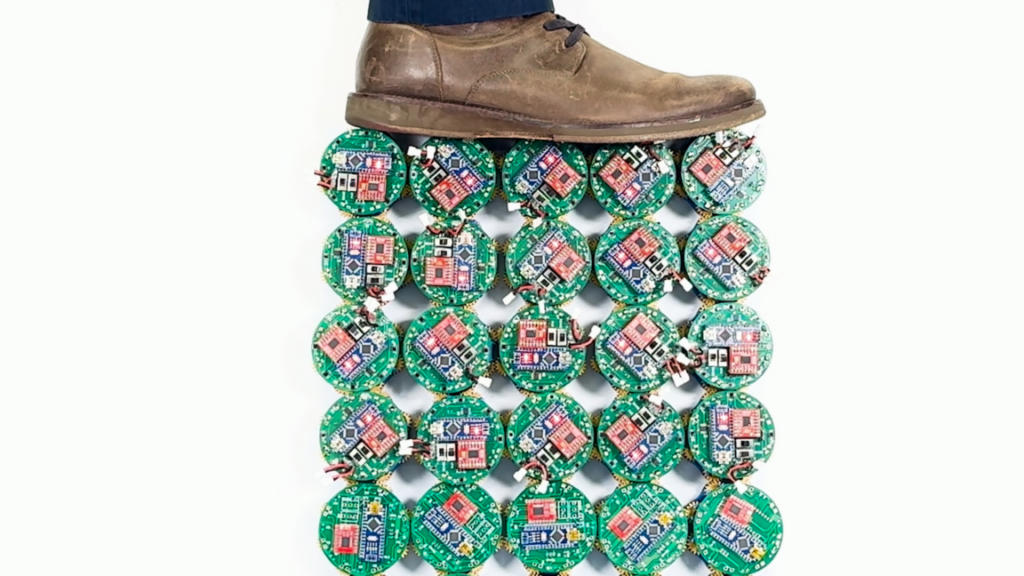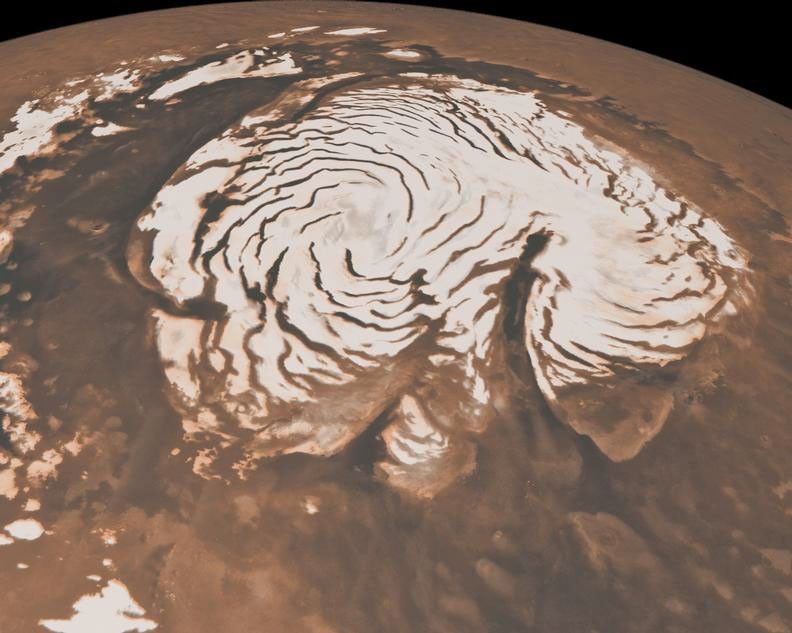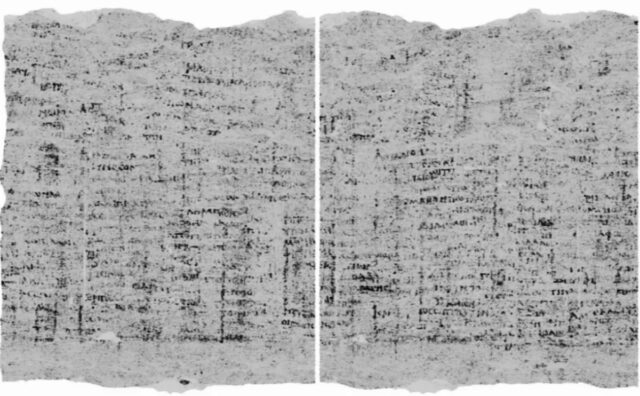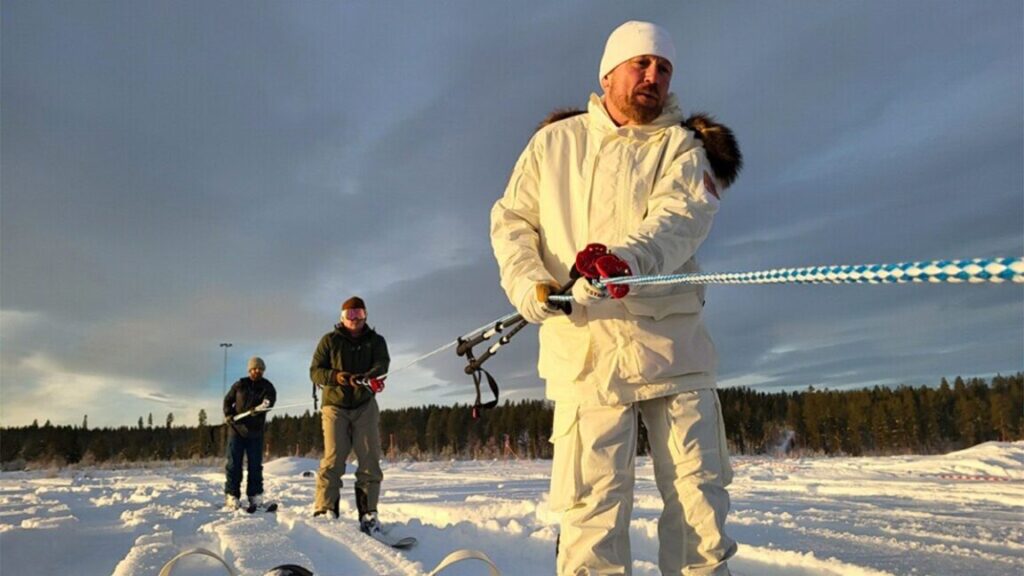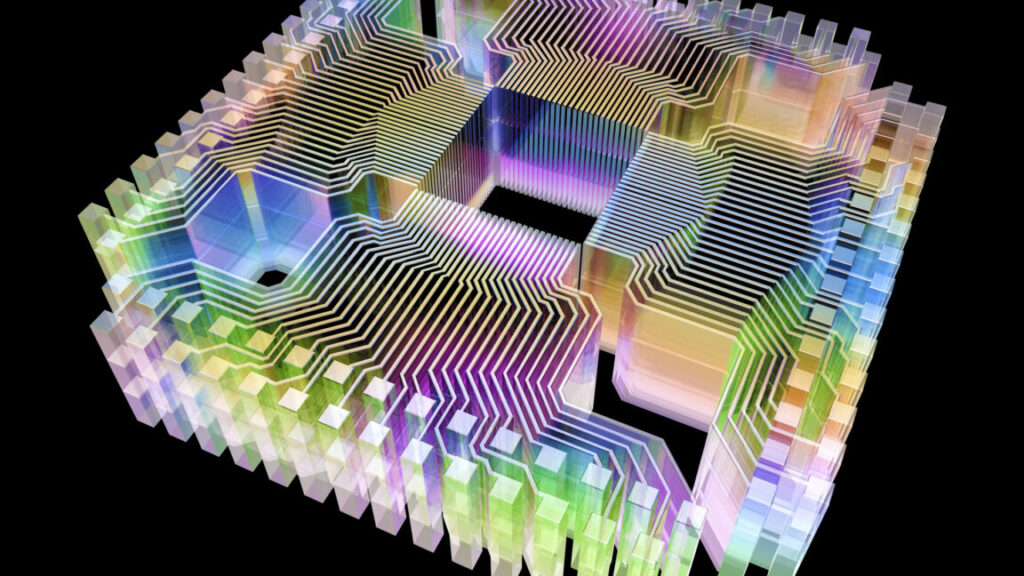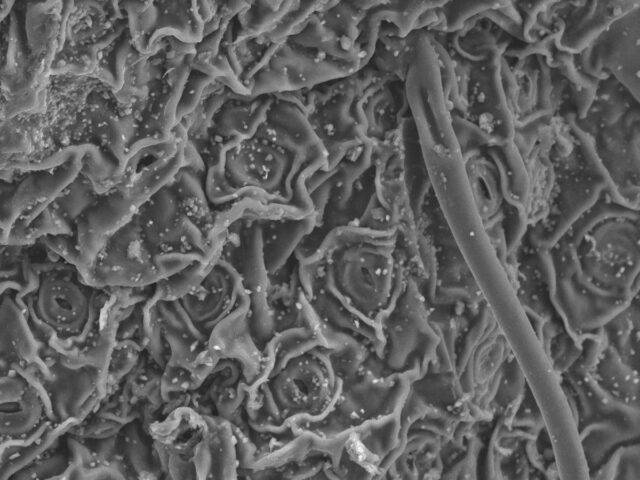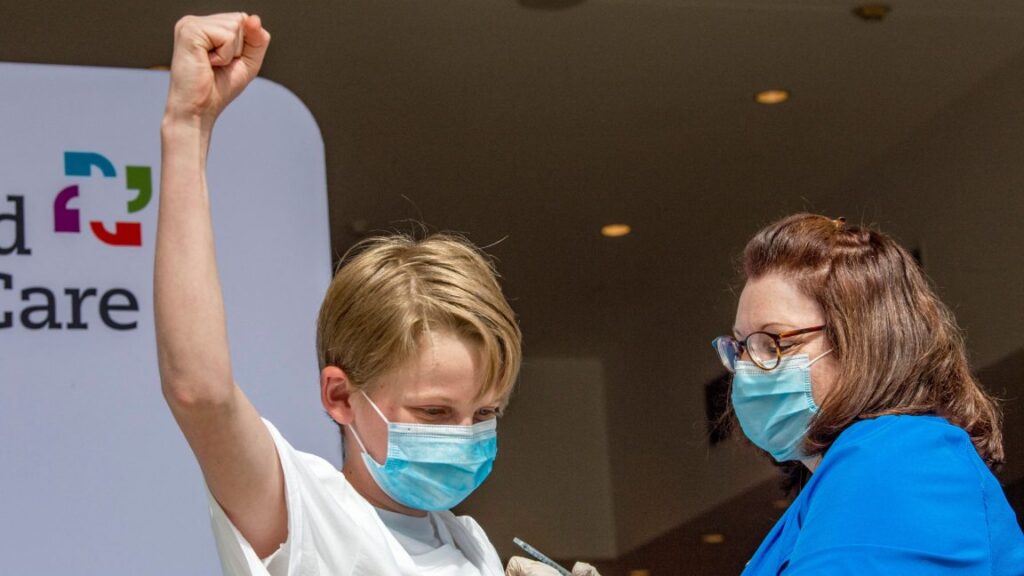We’ve figured out the basics of a shape-shifting, T-1000-style material
Campàs and his colleagues decided to design cell-like robots that could do all those things.
T-1000 building blocks
Each robot had motorized gears around its perimeter that could interlock with gears on other robots. The gears allowed the robots to move within the collective without breaking their bonds with each other, just like cells do in a living organism.
Linking the robots was a job of magnets that could rotate to maintain adhesion regardless of their orientation. Each robot also had a photodetector that could sense the polarity of light, allowing basic commands to be sent using a simple flashlight with a polarization filter. “The switch between solid and liquid states was driven by fluctuations of the force the motors applied, and we encoded the intensity of those fluctuations in the intensity of light,” says Matthew Devlin, a researcher at the Department of Mechanical Engineering at the University of California Santa Barbara and lead author of the study.
In response to light signals, two robotic collectives, 20 robots total, could elongate toward each other, touch in the middle, and form a bridge that could hold a load of just under 5 kilograms. After forming a cube, they could support an adult human weighing around 70 kilograms. They could also flow around an object, assume a complementary shape, and stiffen up to act as a wrench. “This was the Terminator idea of shapeshifting. This was exactly what we had in mind,” Campàs claims.
The only problem was, the robots were a bit above 5 centimeters in diameter. To get robotic collectives closer to Terminator’s mimetic polyalloy, the team wants to make the robots smaller. Much smaller.
Terminator nanobots?
“The good news is, you don’t have to go down with scale to what you see in living systems,” Campàs says. “Cells are roughly 10 microns. But anything around 100 microns—even up to 1 millimeter—robots would already be really impressive.” Unfortunately, we are rather far from making machines that small.
We’ve figured out the basics of a shape-shifting, T-1000-style material Read More »
